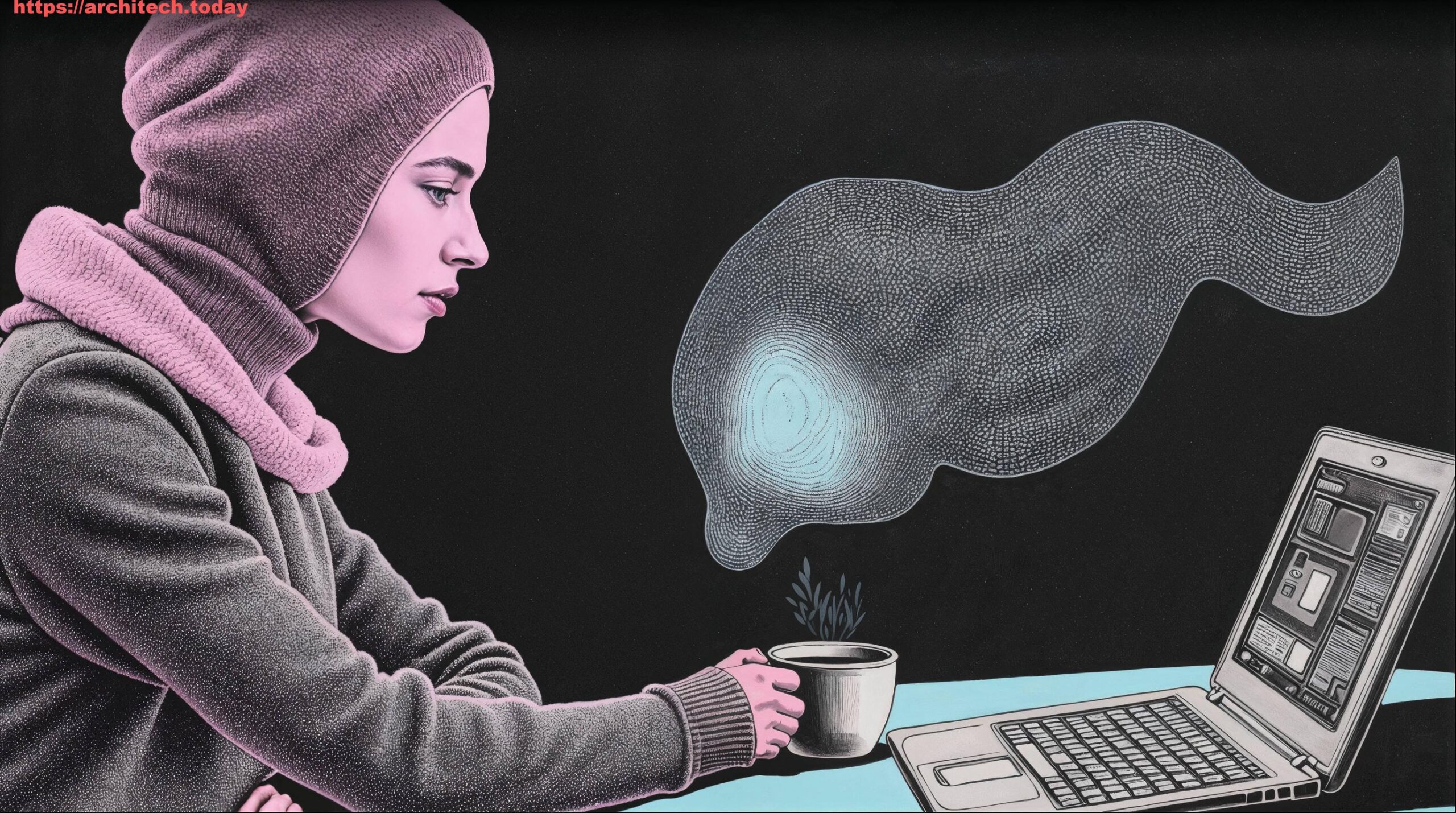Introduction
Imagine it’s 2025 — your AI assistant hands you a perfectly prioritized product backlog before you’ve even finished your morning coffee. No more endless requirement meetings or deciphering cryptic stakeholder notes. Instead, you start your day knowing exactly what to build and why. Sounds like science fiction? Not anymore. Artificial Intelligence (AI), particularly in the form of Natural Language Processing (NLP), is making this vision a reality for product owners, business analysts, and software team leads today.
Gathering requirements has always been a messy business. Stakeholders speak in broad wishes ("make it fast!"), users express their frustrations in support tickets, and business leaders emphasize strategies filled with jargon. Between the business side and the development team sits you — trying to translate vague ideas into clear, actionable product requirements. Get it wrong, and you’re building the wrong feature, wasting time, money, and team morale. AI’s NLP capabilities promise to be that much-needed translator, analyst, and diligent note-taker, bridging the gap between what’s said and what’s meant.
In this article, we’ll explore how AI is reshaping requirements gathering by: capturing the true voice of the customer, clarifying vague or inconsistent demands, and generating draft specifications with surprising accuracy. We’ll share real scenarios, practical examples, and a candid look at both the opportunities and the limits of AI-driven requirements analysis. By the end, you’ll have concrete steps for integrating these tools into your workflow — and perhaps save yourself from the nightmare of delivering the wrong product entirely.
Capturing the Voice of the Customer
At the heart of any successful product is a deep understanding of customer needs. Traditionally, gathering this voice of the customer involves hours of interviews, pouring over survey results, or manually reviewing support tickets — a slow, error-prone process where nuance often gets lost. Enter AI-powered NLP tools.
These systems can ingest vast amounts of unstructured text — from interview transcripts to survey comments — and surface common themes. For example, imagine you’ve got 500 customer support tickets from the last quarter. An NLP engine can read them all, categorize complaints, highlight the most frequently mentioned issues, and even detect sentiment trends. Suddenly, the pain points aren’t buried in a spreadsheet; they’re mapped, quantified, and ready for prioritization.
Mini Scenario: A product manager at a SaaS company feeds chat logs and support tickets into an NLP application. The output? A ranked list of feature requests, with "better mobile responsiveness" topping the chart — something no stakeholder had formally requested, but which appeared in 37% of user complaints. This insight shapes the next sprint planning session, ensuring a real user pain is addressed.
The benefits for leaders are clear: faster identification of user needs, reduced bias in listening only to the loudest voices, and uncovering requirements hidden in the everyday chatter. However, there’s a potential pitfall — NLP tools may misinterpret cultural nuances, sarcasm, or humor. A complaint like “Well, that was fast — in a bad way” might get flagged as positive unless the AI has been trained carefully. As such, human oversight remains essential.
Clarifying Requirements
Not all requirements are created equal. Some are crisp and measurable; others are vague, contradictory, or aspirational. AI excels at detecting ambiguity — bringing out the questions that your team needs to answer before coding begins.
Picture this: a requirement document says, "System should be fast." A well-trained NLP model flags this as ambiguous and prompts follow-up queries: “Define acceptable response time (in milliseconds)” or “Specify expected user load conditions.” This isn’t just theoretical — several AI platforms now integrate requirement quality checks, searching documents for undefined metrics, conflicting statements, and missing user roles.
For business analysts, this means fewer outcomes lost in translation. An ambiguous term triggers AI to push for specificity, much like a meticulous intern nudging you with, "Yes, but how fast exactly?" That leads to requirements that are complete, testable, and open to less interpretation by the dev team.
Example applications include IBM’s Watson Discovery for requirement analysis or custom Python/NLP scripts tuned to detect weak verbs and non-measurable adjectives. Used wisely, these tools act as a safety net — catching issues that could otherwise sink sprints.
Generating Draft Specifications and User Stories
Once requirements are clear, the next step is turning them into actionable development tasks. Here AI can assist by generating user stories, acceptance criteria, and even wireframe suggestions from text input.
For instance, a conversation transcript between a BA and a stakeholder can be processed by NLP to identify entities (users, actions, benefits) and map them into standard Agile story format: “As a [user], I want [feature] so that [benefit].” Advanced systems may go further, suggesting possible UI layouts or linking to similar past implementations.
Mini Scenario: A team lead uploads notes from a requirements workshop into an AI tool. The system outputs 20 draft user stories, grouped by theme, with auto-generated acceptance criteria. The team reviews, edits for nuance, and feeds back corrections — speeding up the path from idea to development-ready backlog by days.
While this automation can be a huge time-saver, leaders should be mindful of over-relying on machine-generated output. AI doesn’t inherently understand business strategy or company politics; what it produces is a starting point, not gospel. The role of the human analyst is to interpret, prioritize, and validate.
Balancing Automation with Human Insight
AI-powered NLP is a co-pilot, not the pilot. Yes, it’s excellent at processing massive amounts of data, spotting patterns, and ensuring requirements are precise and complete. But it doesn’t replace the human ability to understand context, navigate stakeholder dynamics, and make strategic trade-offs.
The best workflows involve constant interplay: AI mines and structures the data; humans apply judgment and contextual knowledge to finalize requirements. Analysts get to spend more time on creative problem-solving rather than detective work, while team leads can make decisions faster, backed by richer evidence.
Practical First Steps to Adopt AI in Requirements Gathering
- Experiment: Feed past project requirement docs, interviews, or customer feedback into a simple NLP service and see what themes emerge.
- Train for Your Context: If possible, customize AI models with terminology and data from your own product domain to improve relevance.
- Integrate Early: Use NLP tools during initial requirement capture, not just at review stages, to enable real-time clarification.
- Pair with People: Establish review protocols where analysts validate and enrich AI-generated output.
Conclusion
Requirements gathering has long been a blend of art and science. With AI-powered NLP, the science just got much stronger — offering tools to capture the authentic voice of the customer, clarify the fuzziness that derails projects, and translate conversations into development-ready specs. For product owners, business analysts, and team leads, these capabilities mean less guesswork, fewer missteps, and faster delivery of value.
However, as with any technology, success lies in balance. AI can lighten the load and sharpen requirements, but the human role remains irreplaceable in steering the product toward strategic goals. So, why not run a small experiment? Feed an AI tool your last set of meeting notes and see what requirements it uncovers. You might be surprised — and your next sprint could thank you.








No comment yet, add your voice below!